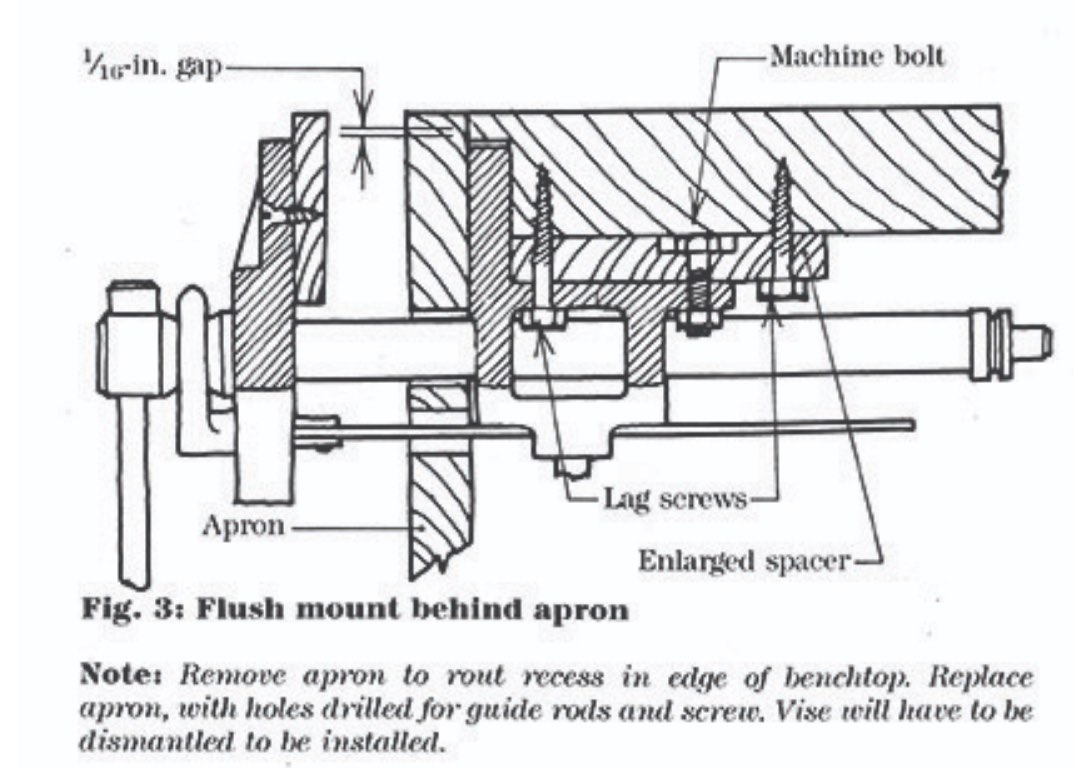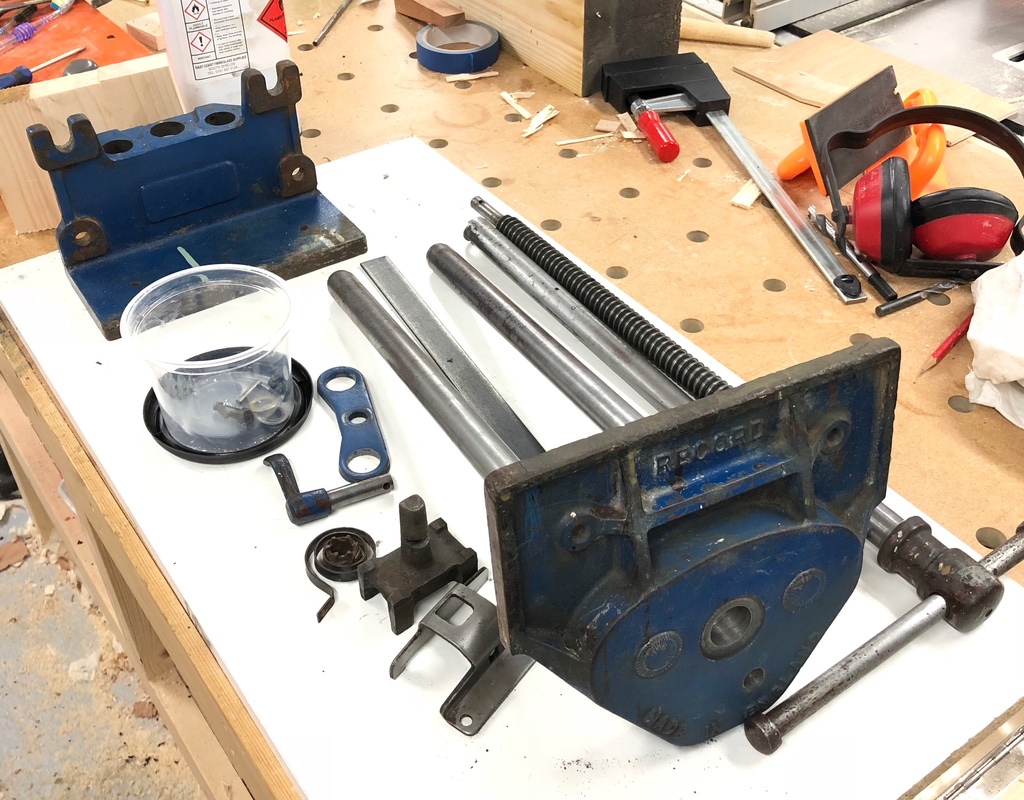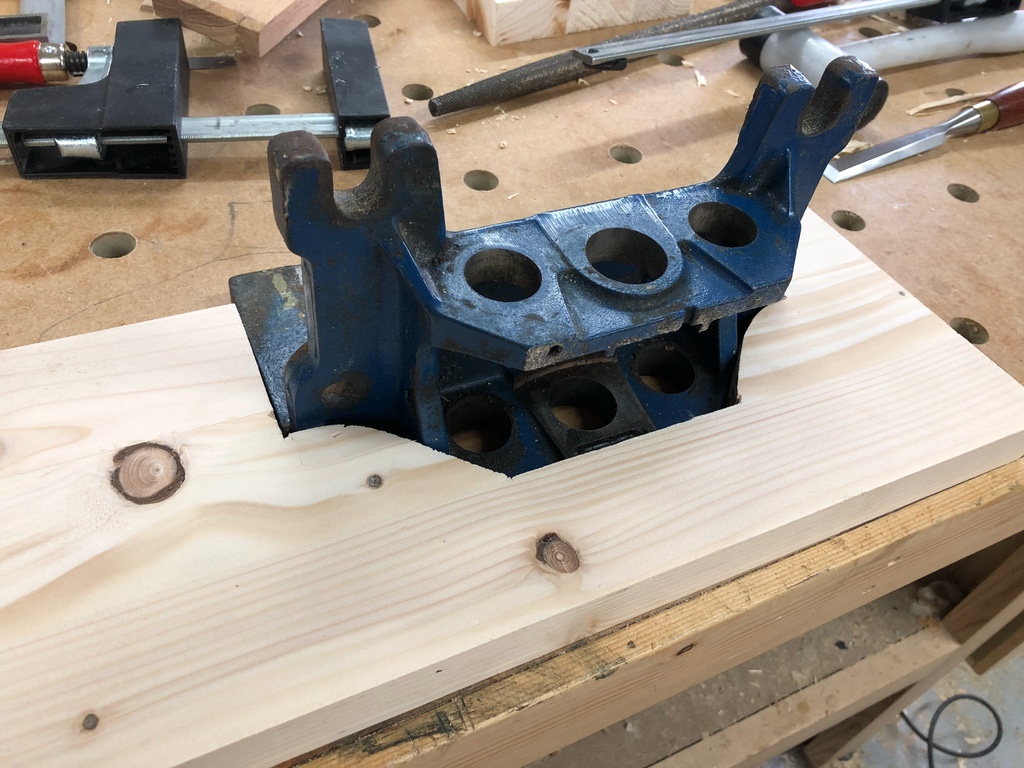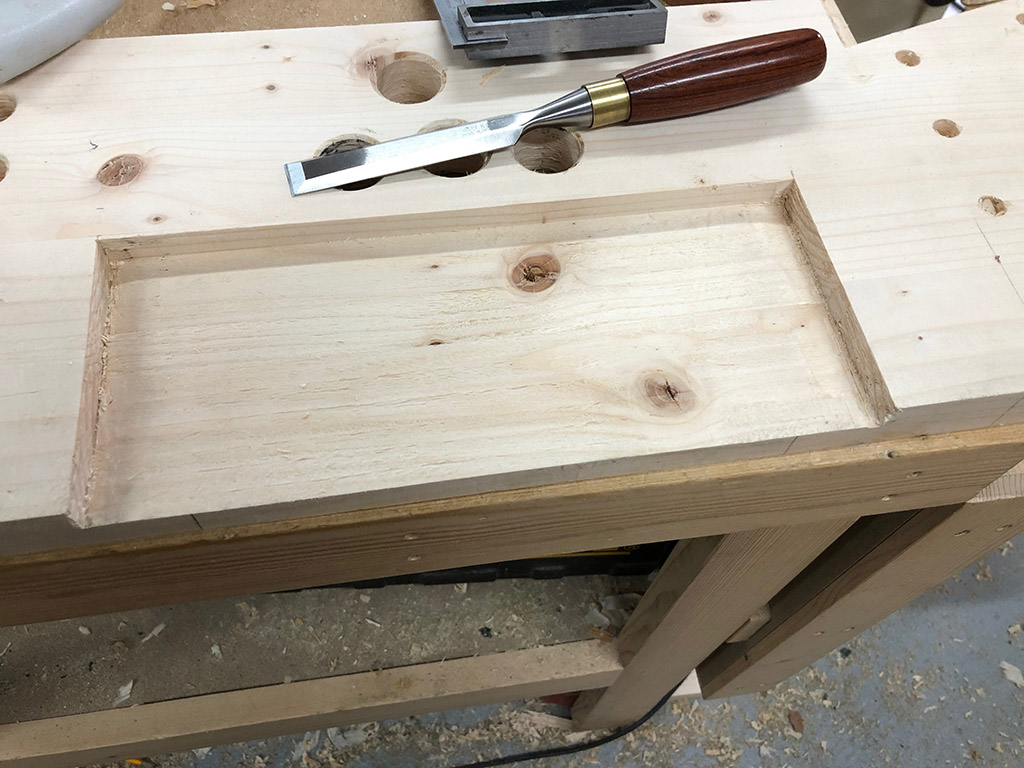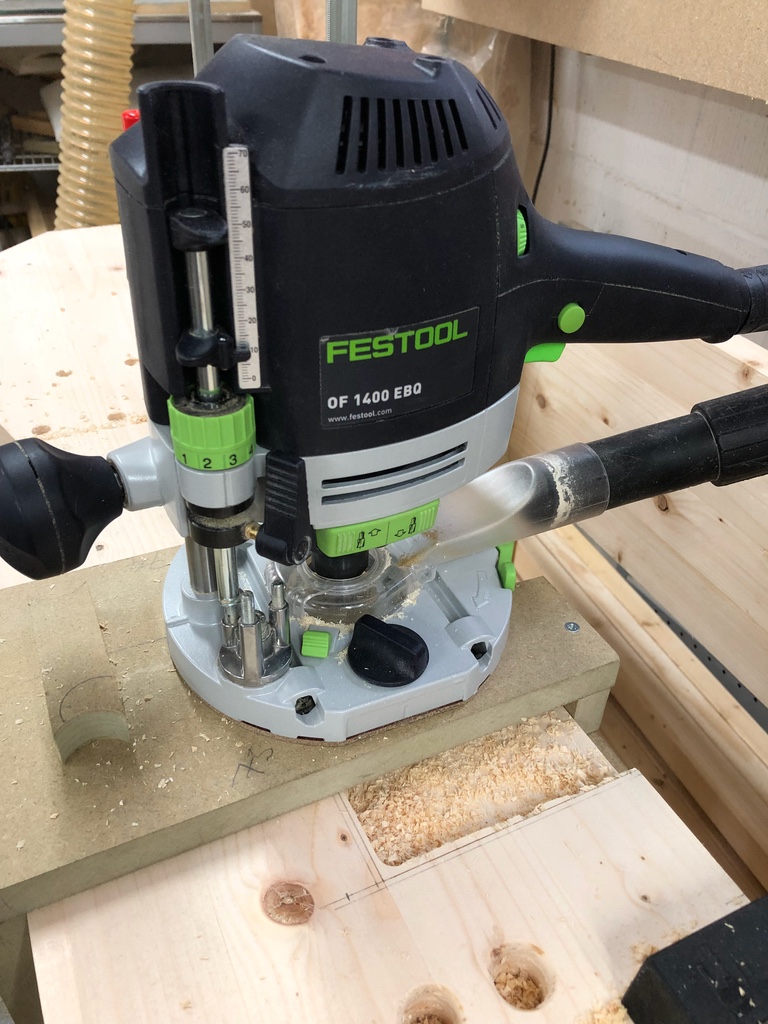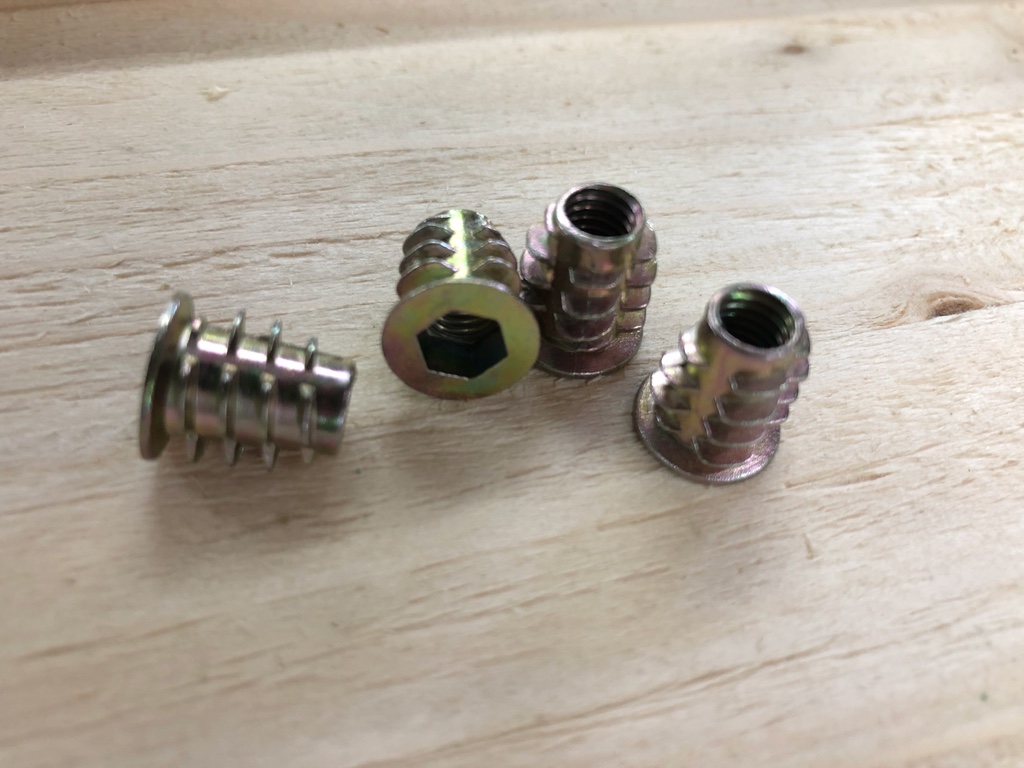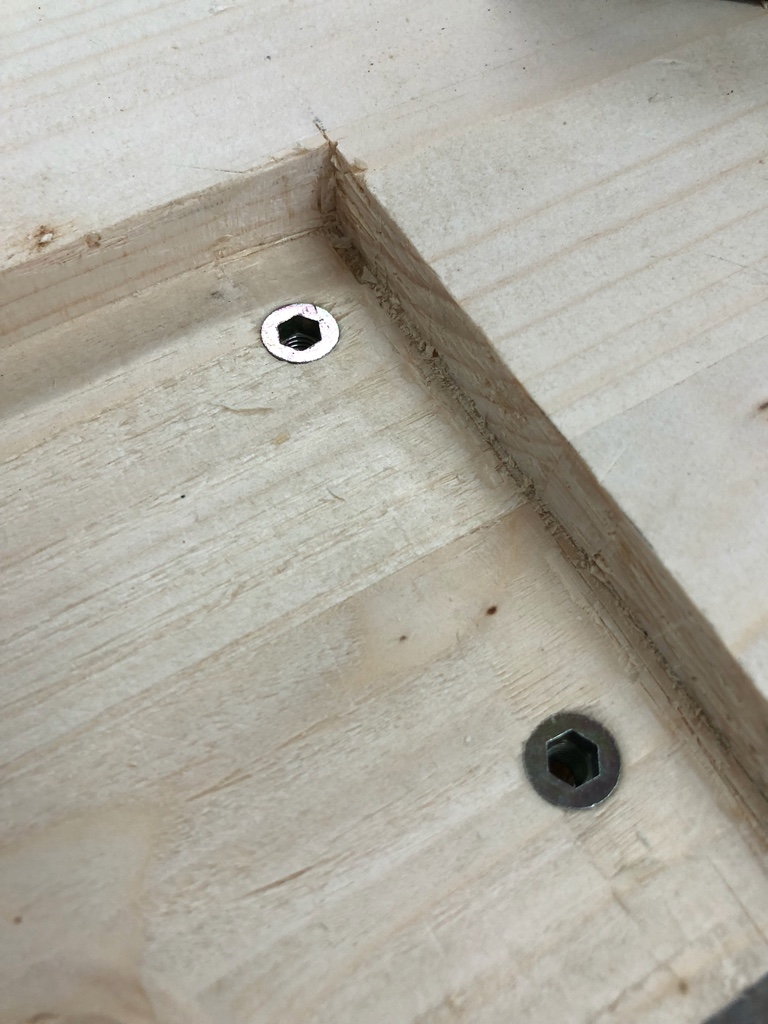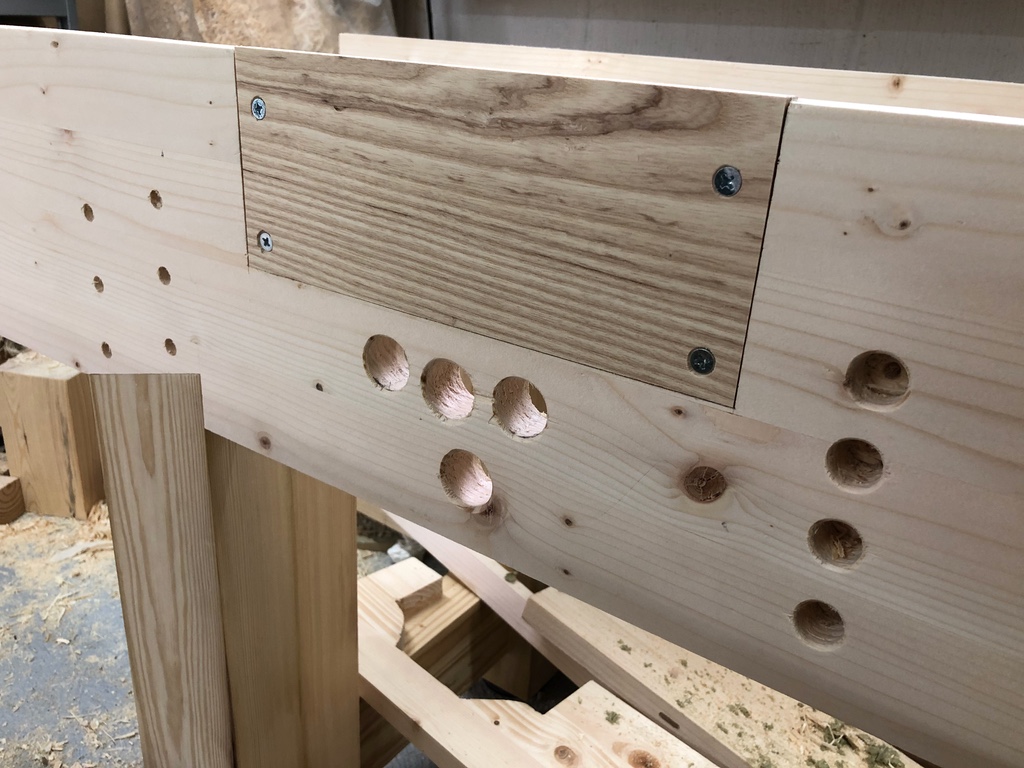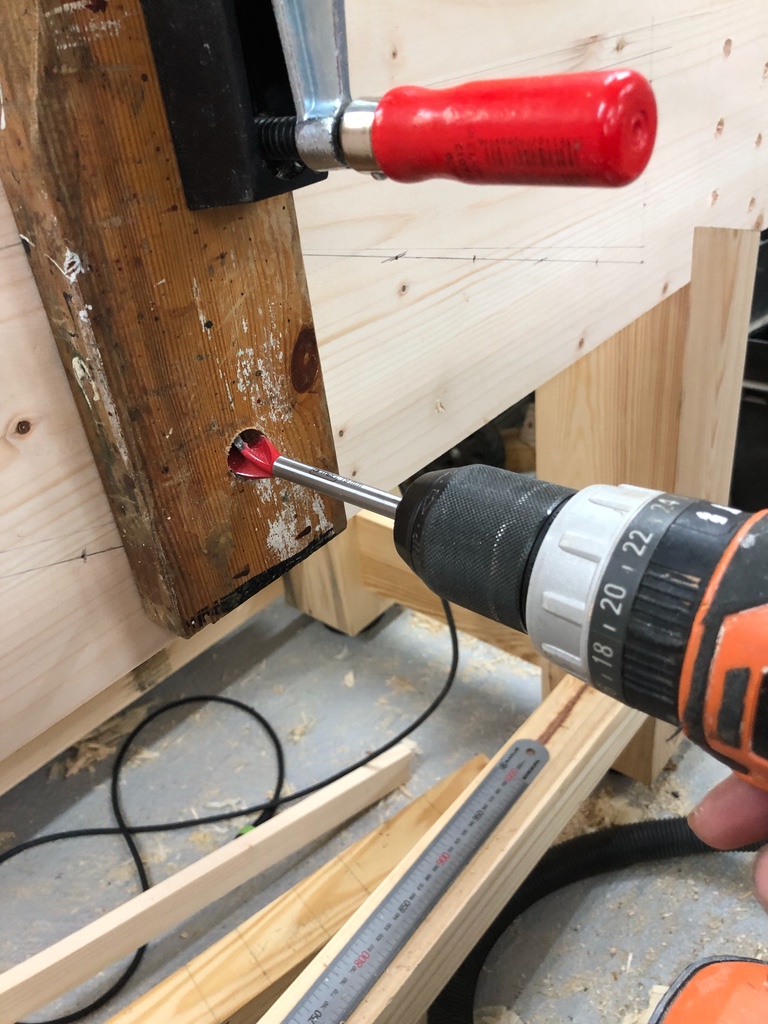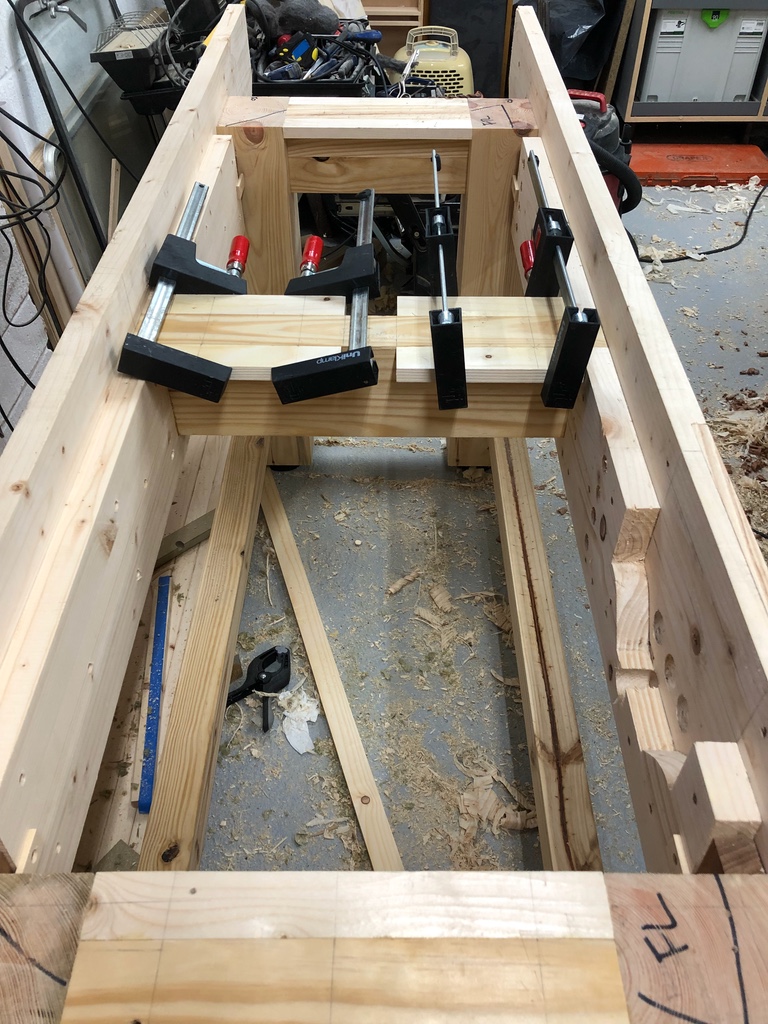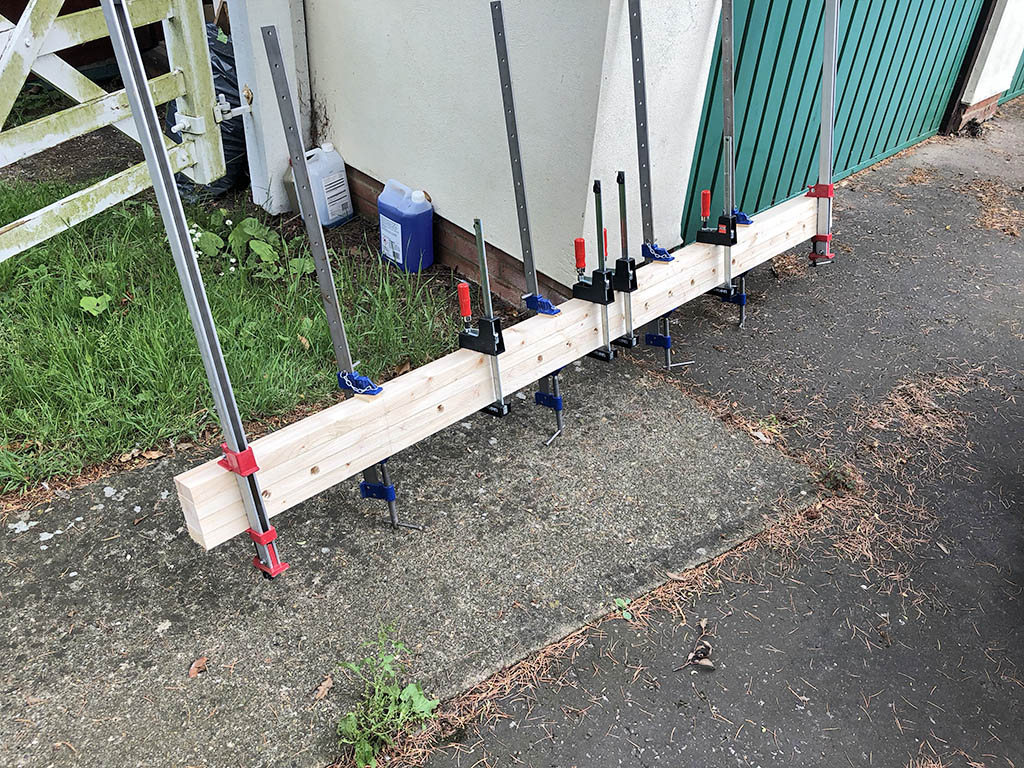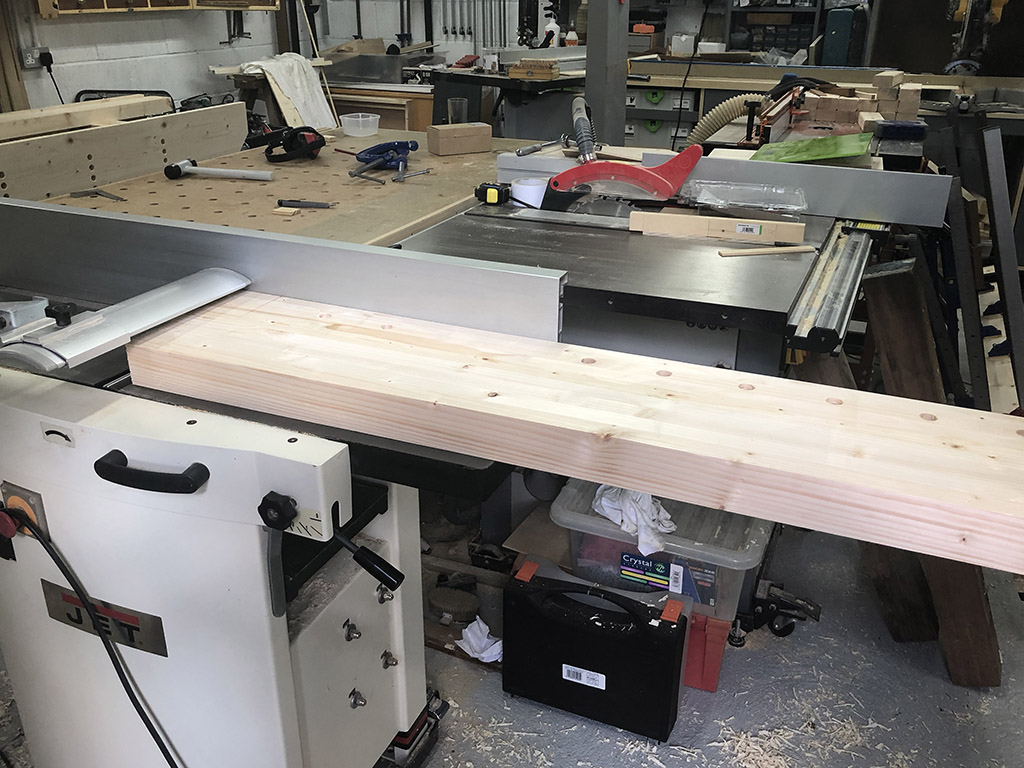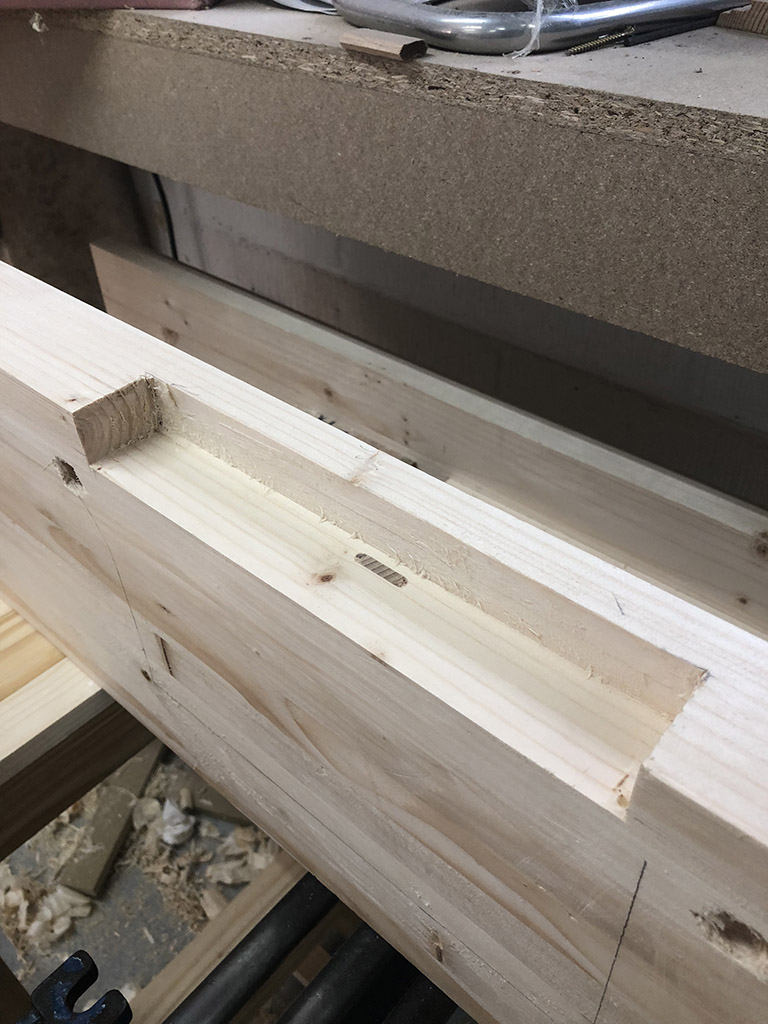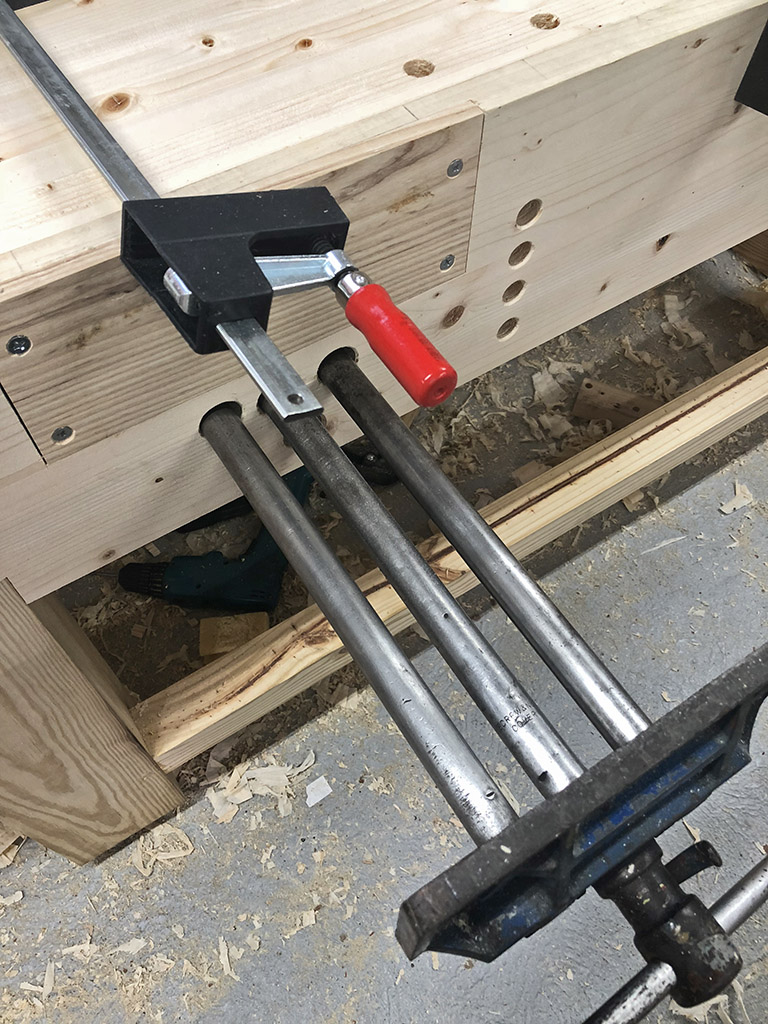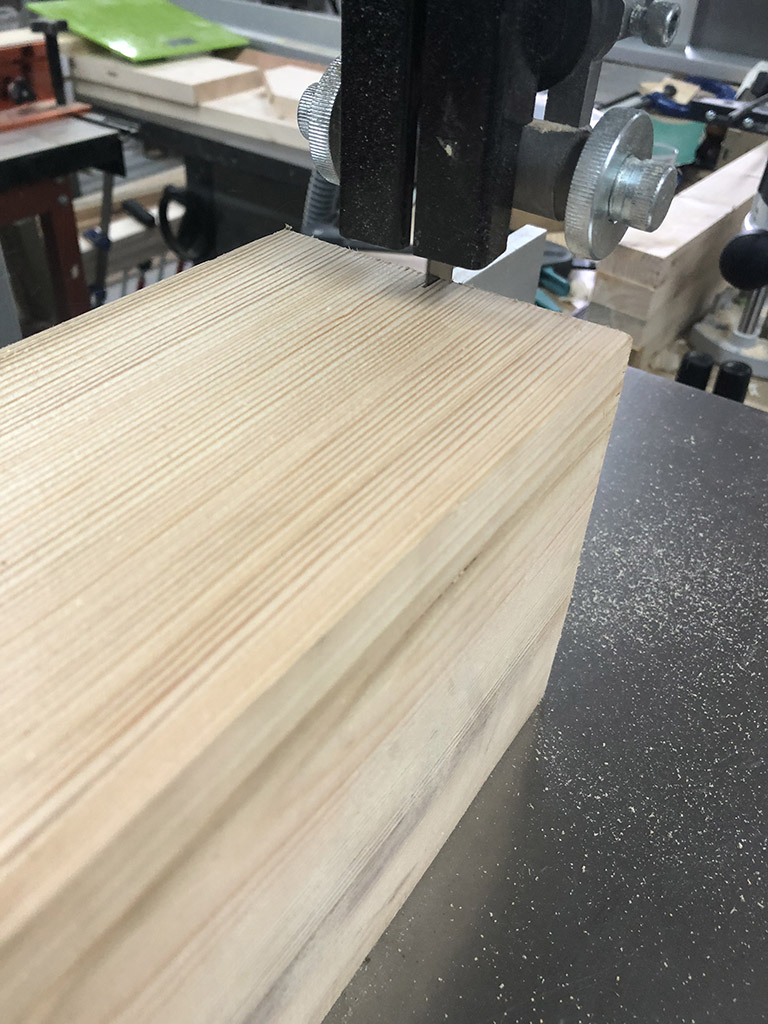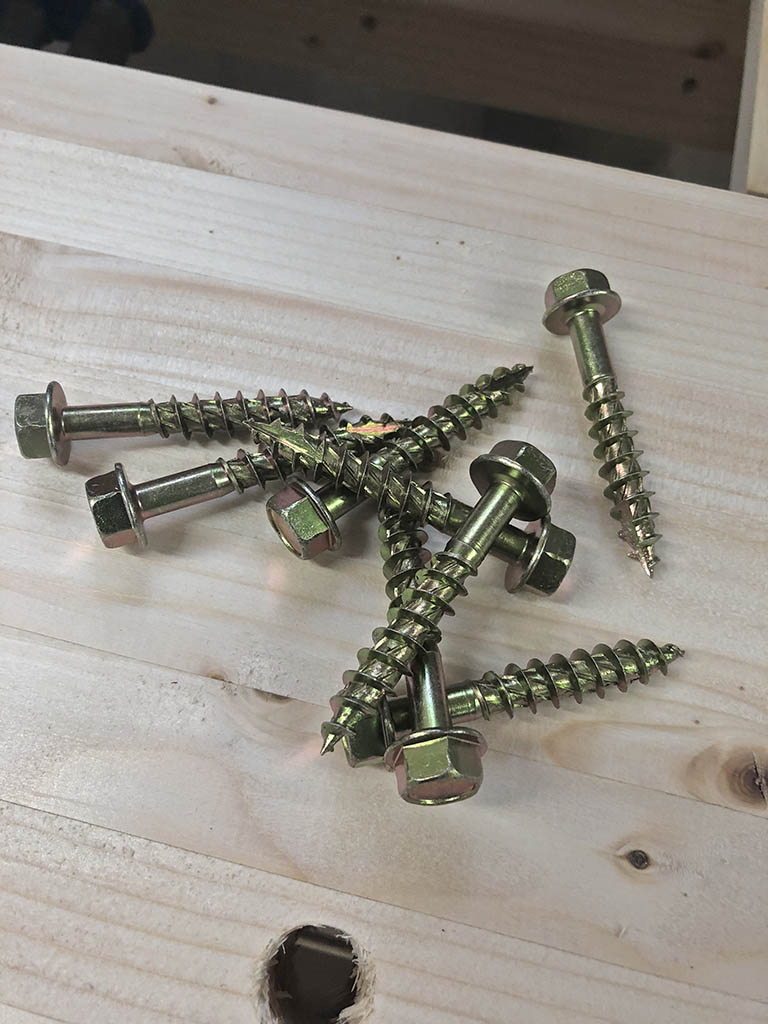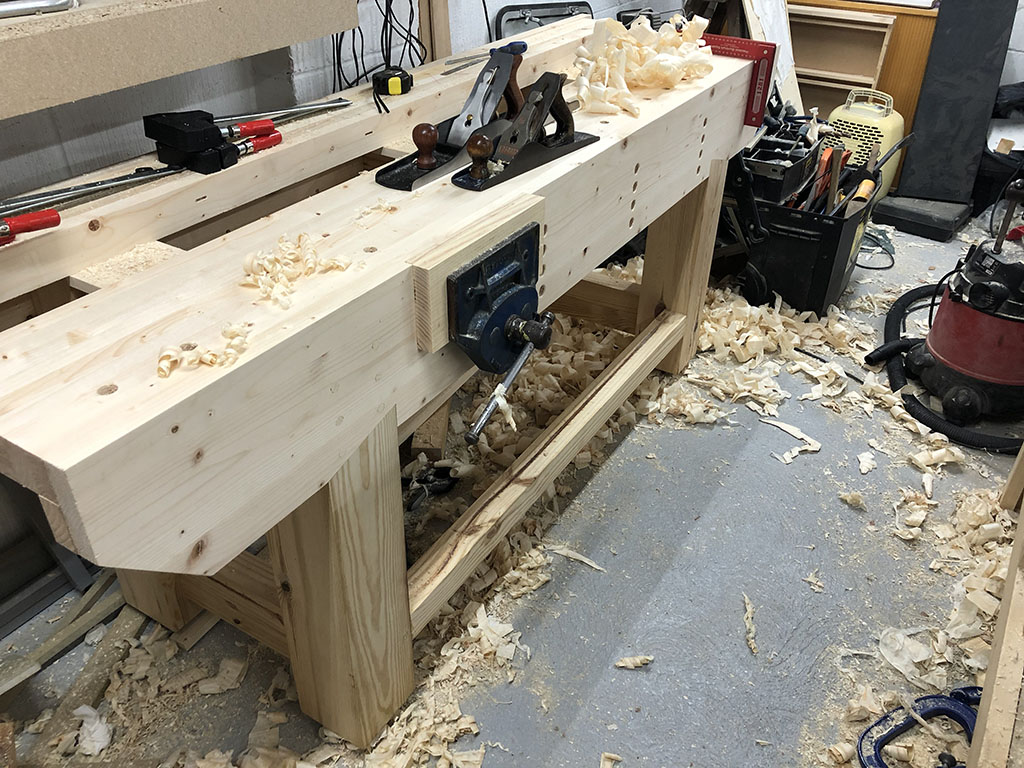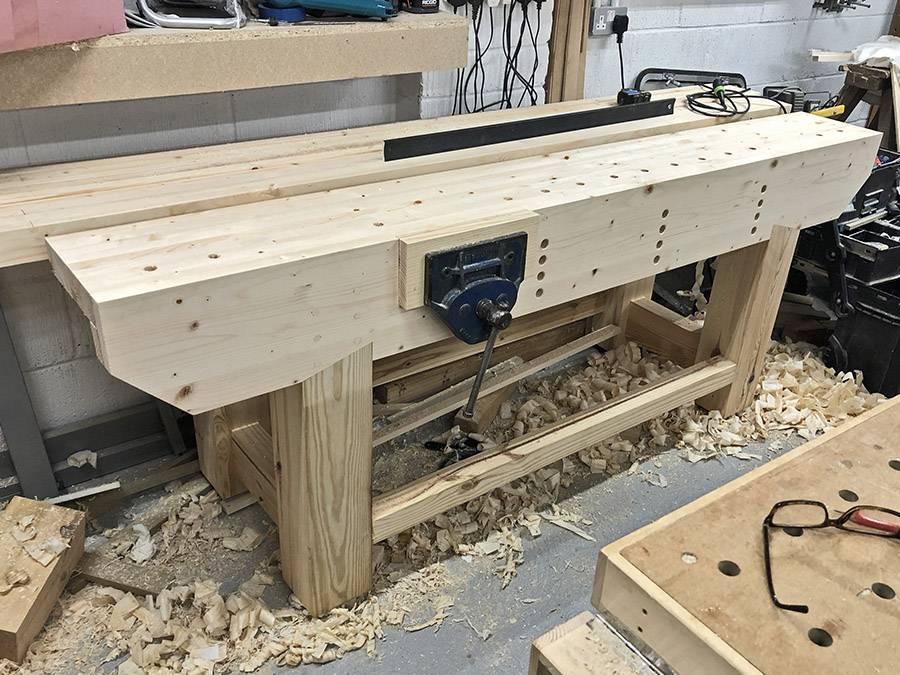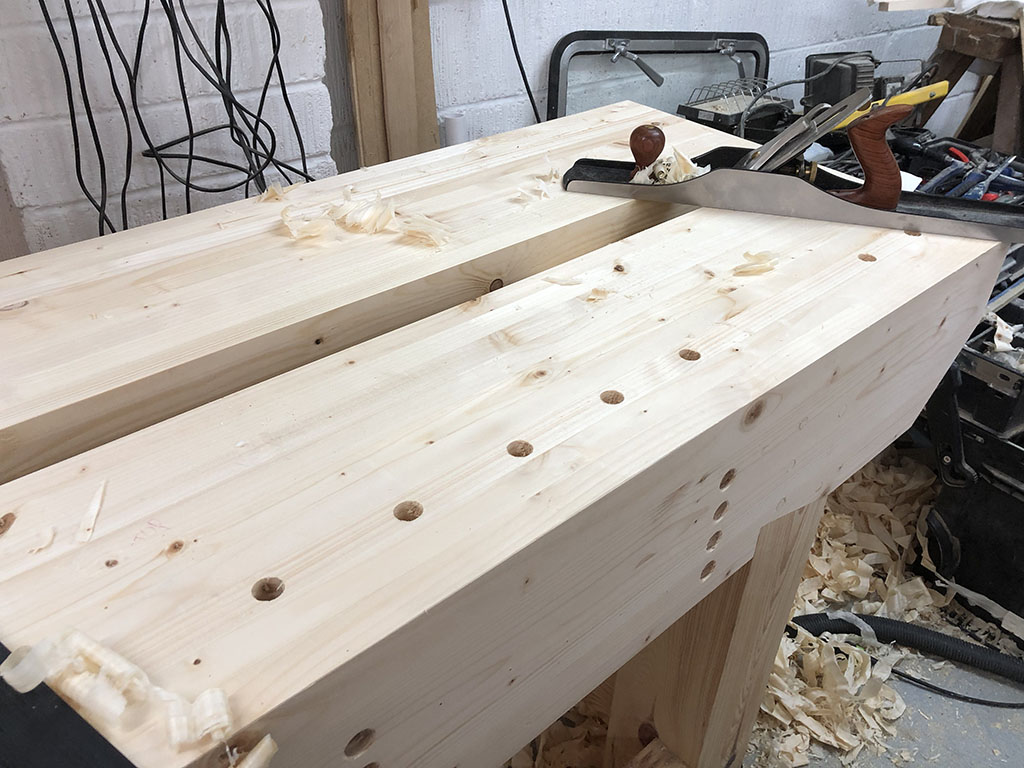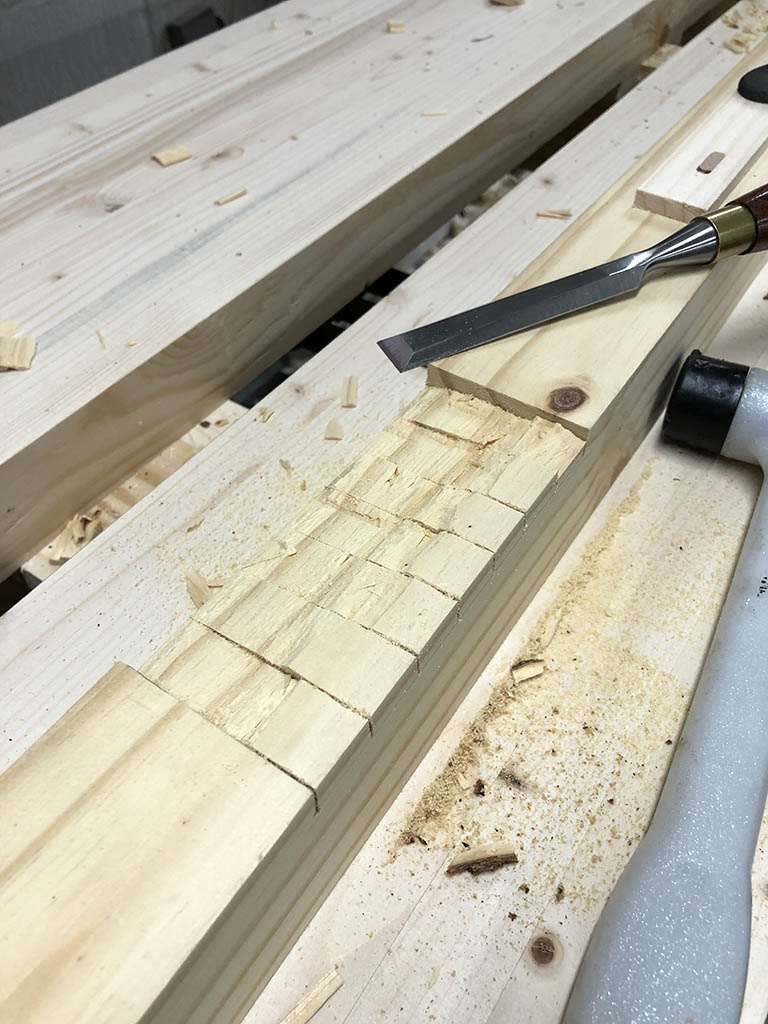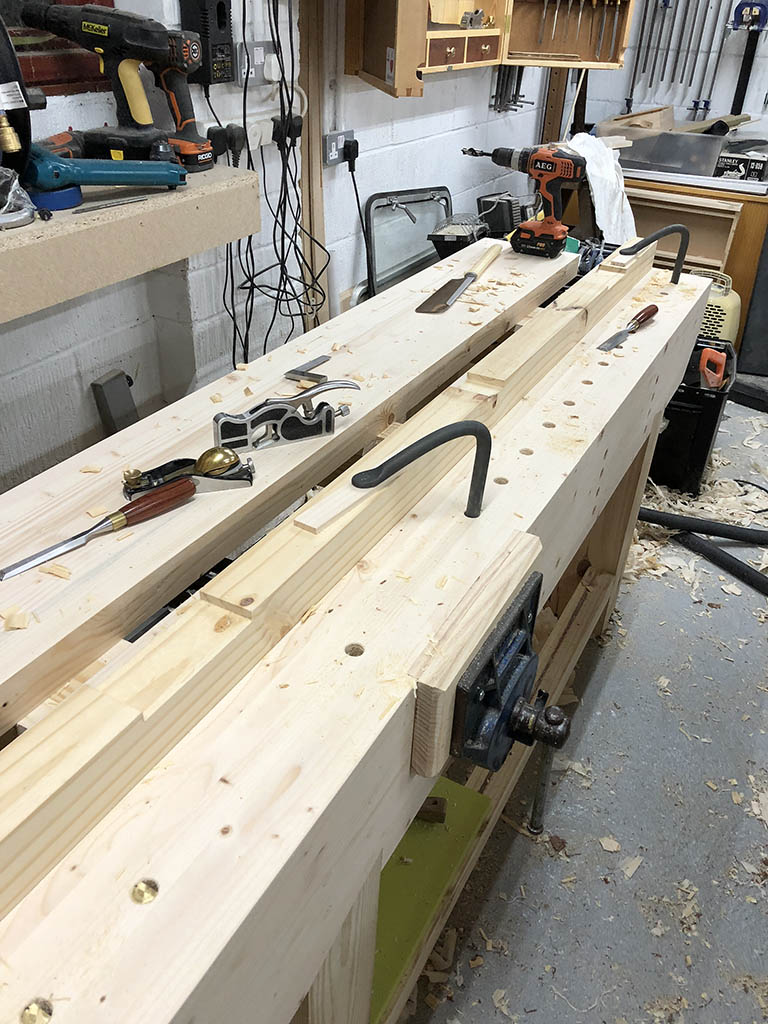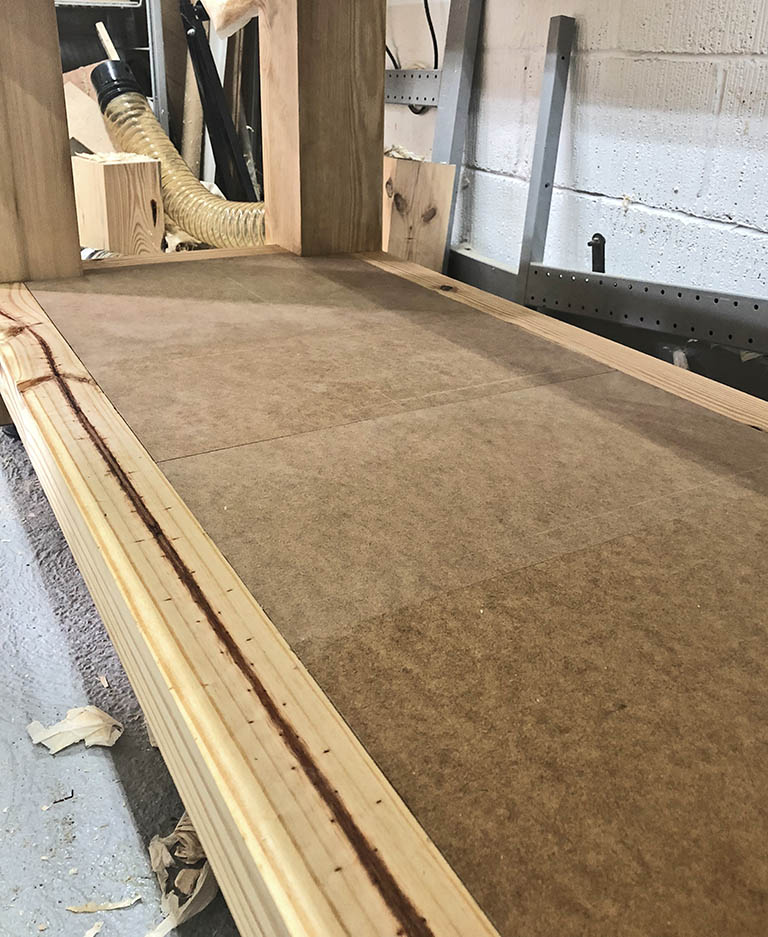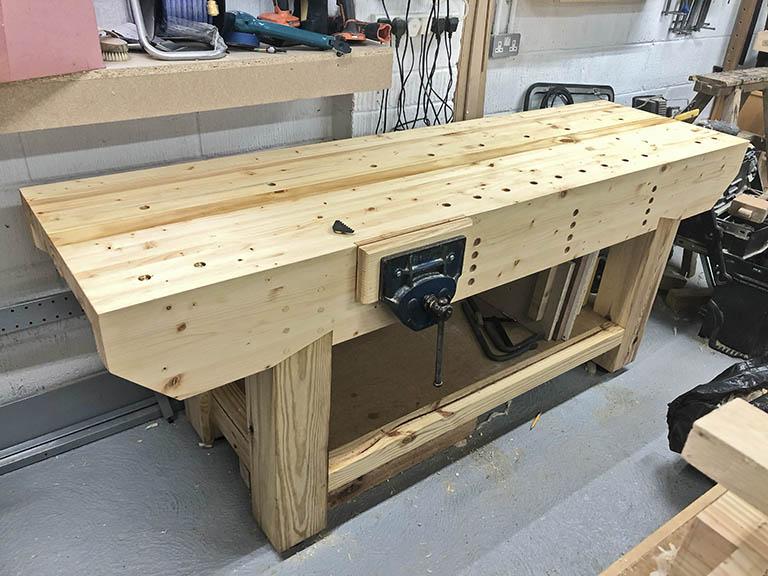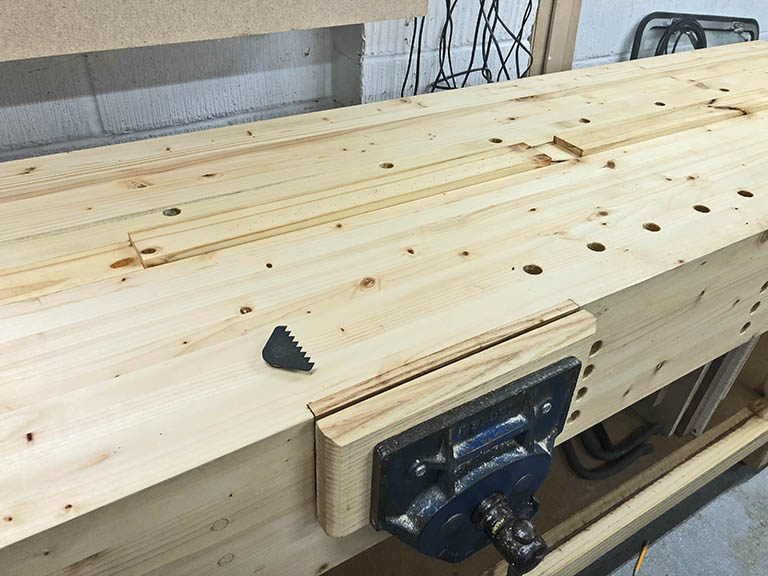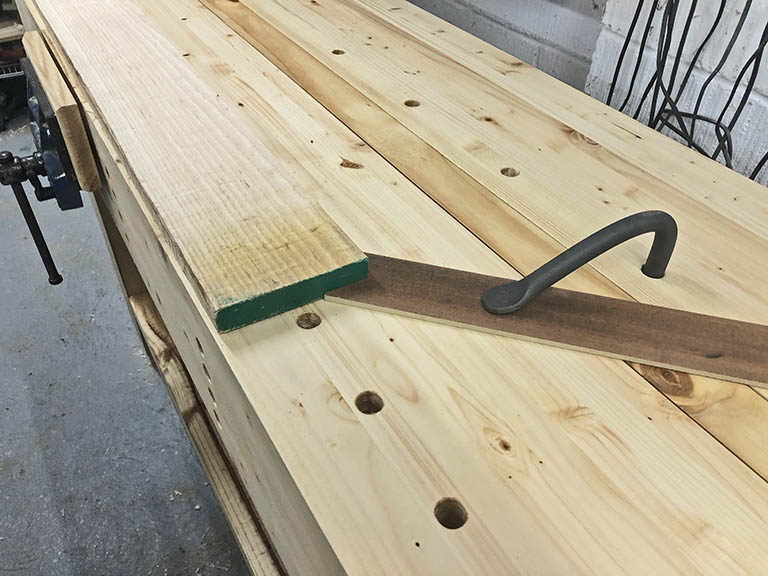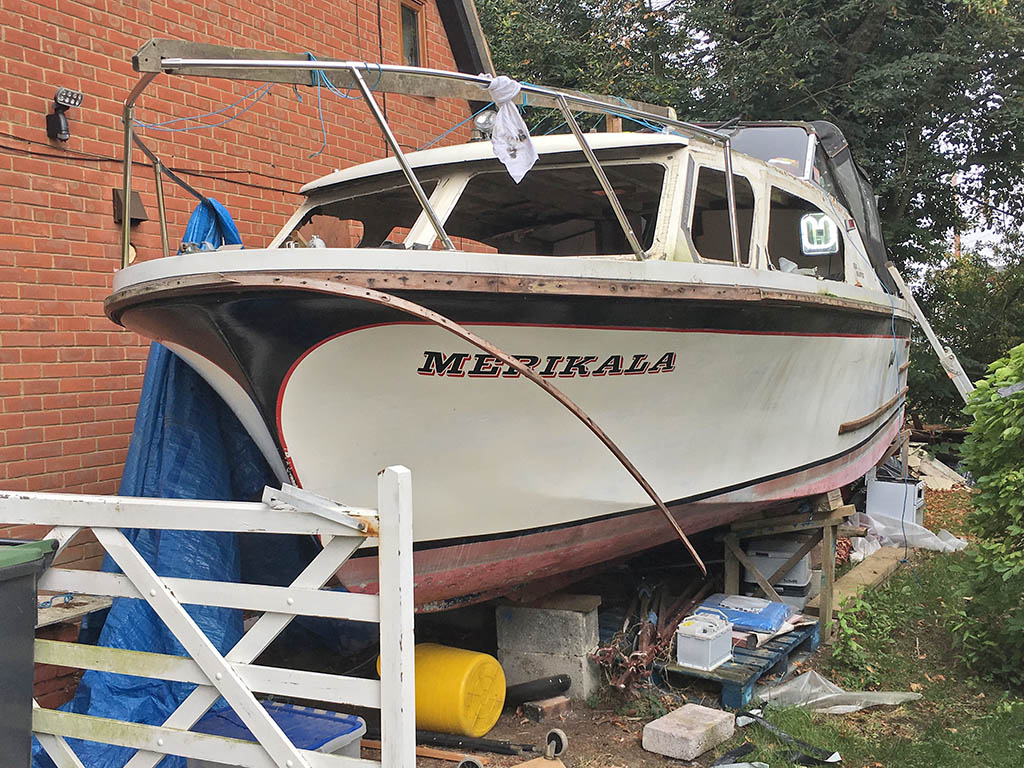Phew, finally finished the bench!
After fixing the back half of the top, I set about levelling it. A couple of hours with a hand plane had the top nice and flat.
I then made the centre removable section. I've left it a couple of mm narrow to allow space for the top to move. I needed to cut recesses to fit over the bearers. I couldn't be bothered to set up a router for this, so just chopped the waste out with a saw and chisel and cleaned up with a block and shoulder plane.
This was a good excuse to try my new Simon James holdfasts from Workshop Heaven. Had to wait quite a while for them to come back in stock, but they're absolutely brilliant. The free Star-M auger supplied with the holdfasts is also excellent, and more will certainly be purchased at some point in the future.
I filled some of the knot holes with epoxy filler, as I kept catching myself on the sharp edges. I drilled a few holes in the rear to section to use with the holdfasts and then sanded the bench using 60 grit paper. I left it at this as I want to keep it grippy. Then it was a couple of coats of Danish oil - it was either this or BLO, as they're what I had on the shelf. Don't mind what colour it ends up, it's just a workbench!
I then set about cutting the panels for the under-bench shelf. We bought some kitchen and bathroom units a few years ago with foiled doors. unfortunately, a lot of the doors started to delaminate. Luckily the company honoured its warranty and replaced all 30 doors and drawer fronts. So I stripped off the delaminating covering on some of them and used to make the shelf. Just need to find a use for the other 26!
So that just about wraps it up... The finished bench.
And with the centre section reversed as a planing stop...
I made a 'doe's foot' from some scrap hardwood - what a revelation! Amazed just how solidly it holds the work. I did buy a Veritas Wonder Dog and a pair of bench dogs, but can't see me using the wonder Dog very much. I also bought the Simon James planing stop, which seems to work very well. The metal collar is a bit crude, it's just a brass plumber's olive, but it works well enough and seats nicely in the chamfer of the dog holes.
I slightly lost track of the total build time at the end, but it's approximately 90hrs
Total weight: 125kg
and the total cost was £95 - plus a similar amount for the bench hardware.
I've really enjoyed this build, and certainly learnt a lot. I'd like to thank those who persuaded me to stick with my original plan for a flush vice - it's fantastic for holding long work for jointing etc. It was a pain to fit, but more than worth it.
As for the bench, it's a keeper! From the little time I've spent with at it so far, it's a joy to work with. I'll do an update in six months or so with any observations after using it.
Thanks to all those that followed and offered advice and encouragement. Hope I didn't bore you too much!
Now I can get on with the restoration and refitting of this... Should keep me busy for a couple of years!
